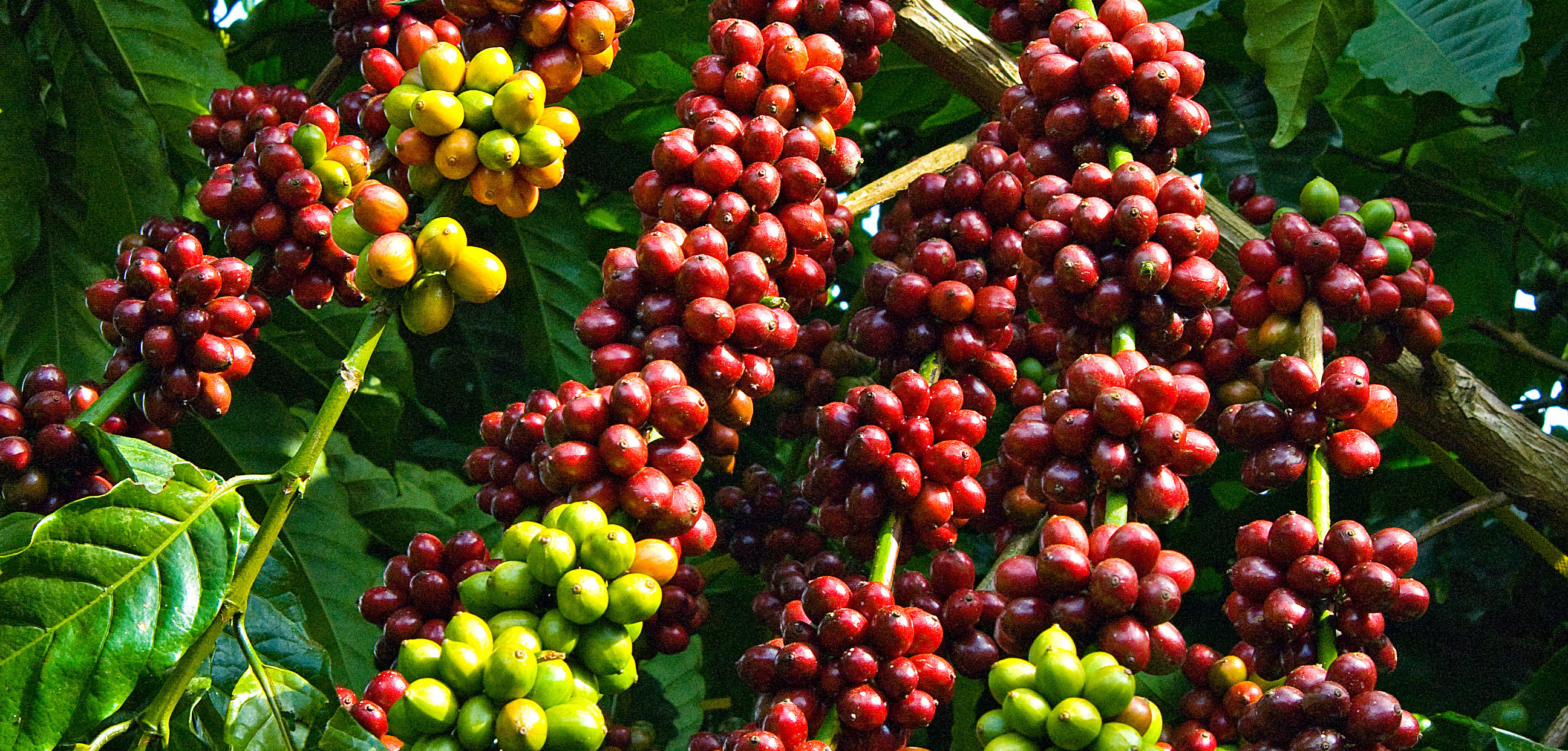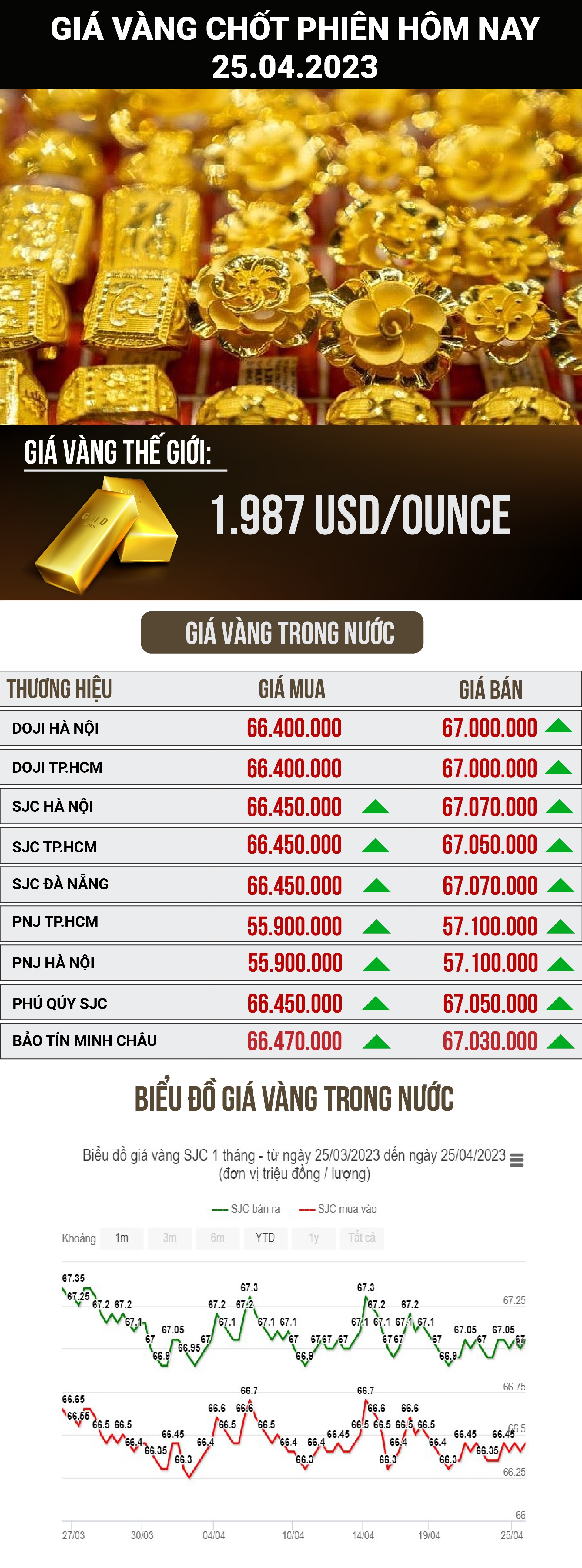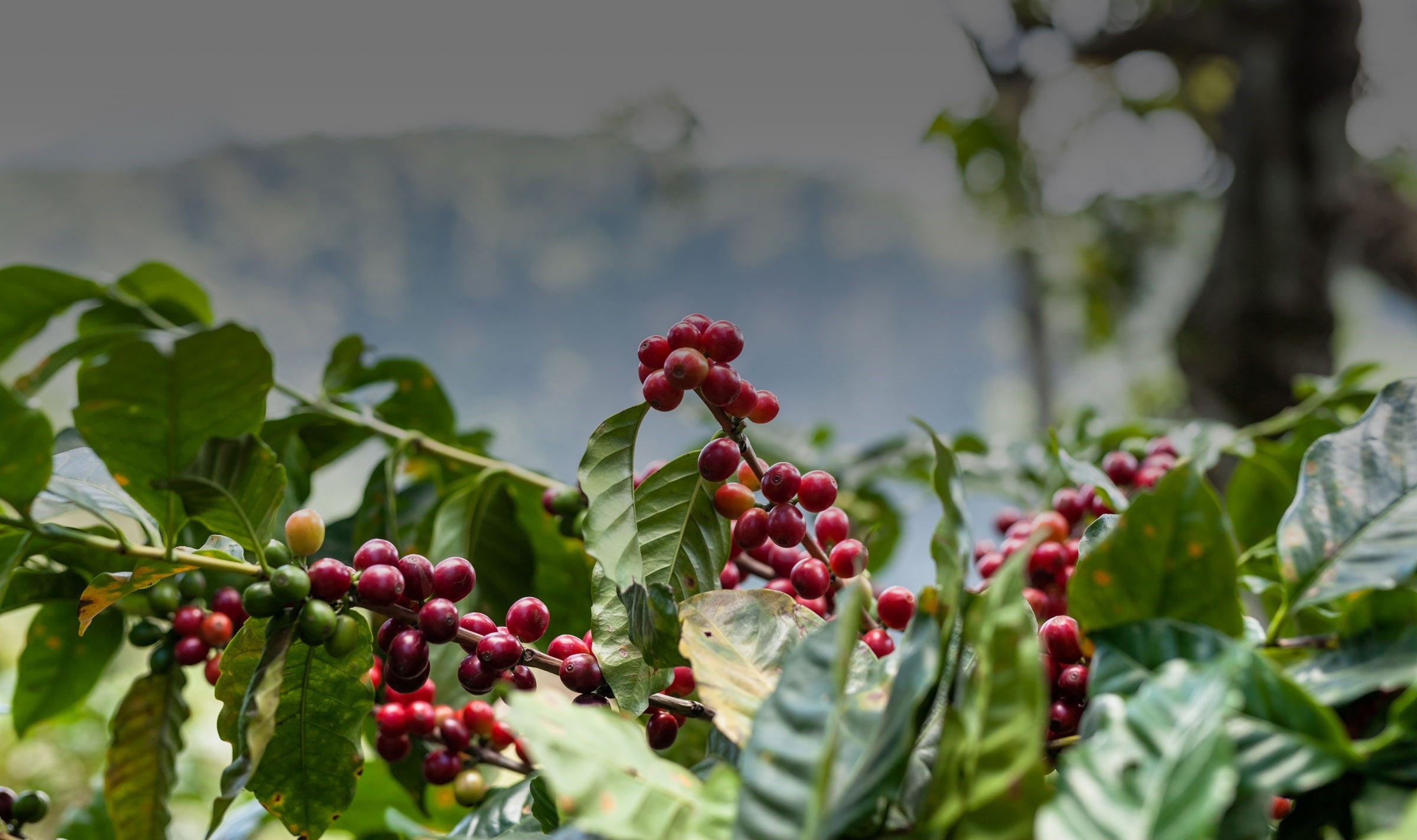Giá Cà Phê Hôm Nay: Cập Nhật Biến Động Mới Nhất Trên Thị Trường
In today's rapidly changing global market, staying informed about the latest coffee price fluctuations is crucial for businesses and consumers alike. Giá Cà Phê Hôm Nay: Cập Nhật Biến Động Mới Nhất Trên Thị Trường empowers you with up-to-date insights into the dynamic coffee industry.
Editor's Note: Giá Cà Phê Hôm Nay: Cập Nhật Biến Động Mới Nhất Trên Thị Trường published today October 27th, 2023. Understanding coffee price movements is essential for informed decision-making in the global coffee trade.
Through extensive analysis and research, our team has compiled this comprehensive guide to help you navigate the complexities of today's coffee market. Whether you're a coffee producer, trader, or simply a passionate coffee enthusiast, this guide will provide you with the knowledge you need to make informed decisions.
| Date | Price Range |
|---|---|
| October 27th, 2023 | $2.00 - $2.20 per pound |
| October 1st, 2023 | $1.80 - $2.00 per pound |
- Global Coffee Market Overview
- Factors Influencing Coffee Prices
- Coffee Futures and Options Trading
- Strategies for Managing Coffee Price Risk
- Outlook for the Coffee Market
FAQ
This FAQ section provides answers to frequently asked questions regarding current coffee prices and market dynamics, drawing from the latest available data and insights.

Giá cà phê hôm nay 21/9: Đồng loạt tăng mạnh, Robusta thêm hơn 30 USD/tấn - Source kinhtedothi.vn
Q1: What factors influence coffee prices?
A: Coffee prices are influenced by various factors, including weather conditions, global supply and demand, production costs (e.g., labor, transportation), and geopolitical events that can impact crop yields or disrupt trade.
Q2: Are coffee prices expected to rise or fall in the near future?
A: Future market predictions are not entirely certain, but industry analysts and market conditions can provide insights into potential price trends. Various factors, such as crop forecasts, economic conditions, and market demand, are taken into consideration when making projections.
Q3: How do coffee futures work?
A: Coffee futures are financial contracts that allow buyers and sellers to fix a price for a specified quantity of coffee to be delivered at a predetermined future date. These contracts are traded on exchanges, enabling hedging against price fluctuations and facilitating market liquidity.
Q4: What are the different types of coffee beans?
A: There are several types of coffee beans, with the most prominent being Arabica and Robusta. Arabica beans are typically considered to be higher quality, with a smoother and more complex flavor profile, while Robusta beans contain more caffeine and have a more bitter taste.
Q5: What is the global coffee consumption trend?
A: Global coffee consumption has been steadily increasing over the years, with emerging markets contributing significantly to this growth. The rise in coffee shops, increased awareness of different coffee brewing methods, and expanding disposable incomes have all played a role in driving demand.
Q6: How can I stay informed about coffee market updates?
A: To stay informed on the latest coffee market news and price updates, consider following industry publications, commodity exchanges, or reputable sources providing regular market insights.
Understanding these key factors and market trends can provide a comprehensive perspective on coffee prices and help stakeholders make informed decisions.
Next: Explore the dynamics of the global coffee supply chain.
Tips for Understanding Market Fluctuations
Tracking price variations in the commodities market can provide valuable insights for businesses and investors. Giá Cà Phê Hôm Nay: Cập Nhật Biến Động Mới Nhất Trên Thị Trường offers real-time updates on coffee prices, enabling users to make informed decisions. Here are a few tips to help optimize the use of this information:
Tip 1: Identify Market Trends: Monitor long-term price charts to identify patterns and trends. This can help predict future price movements and make informed trading decisions.
Tip 2: Track Supply and Demand: Stay informed about factors affecting supply and demand, such as crop yields, weather conditions, and economic indicators. Understanding these dynamics can provide insights into potential price fluctuations.
Tip 3: Consider Geopolitical Events: Political instability, trade disputes, and weather events can significantly impact commodity prices. Keep abreast of such events to anticipate market volatility.
Tip 4: Utilize Market Forecasts: Leverage expert analysis and market forecasts to gain insights into potential price movements. While not always accurate, these forecasts can assist in making informed decisions.
Tip 5: Diversify Investments: To mitigate risk, consider diversifying investments across different commodities and markets. This helps reduce exposure to fluctuations in a single market.
By implementing these tips, businesses and investors can enhance their understanding of market fluctuations and make informed decisions to optimize their strategies.
Today's Coffee Prices: Latest Market Trend Updates
- Spot Prices
- Futures Contracts
- Supply and Demand
- Weather Conditions
- Economic Outlook
- Political Instability
Spot prices, or the current market prices, are highly influenced by supply and demand, as well as weather conditions affecting coffee production. Futures contracts, which are agreements to buy or sell coffee at a future date, provide insights into market expectations and can hedge against price fluctuations. Economic outlook and political instability can impact demand and supply, leading to price changes.

Cập nhật giá vàng trong nước và thế giới hôm nay 25.4 - Source laodong.vn
Giá Cà Phê Hôm Nay: Cập Nhật Biến Động Mới Nhất Trên Thị Trường
The price of coffee is a key indicator of the health of the global economy. When the price of coffee is high, it can signal that there is strong demand for the commodity, which can lead to increased economic growth. Conversely, when the price of coffee is low, it can signal that there is weak demand for the commodity, which can lead to decreased economic growth.

Giá cà phê hôm nay 8/6: Tiếp tục thăng hoa, cà phê trong nước tăng mạnh - Source kinhtedothi.vn
Several factors can affect the price of coffee, including weather conditions, crop yields, and political instability in coffee-producing countries. For example, a drought in a major coffee-producing country can lead to a decrease in crop yields, which can drive up the price of coffee. Similarly, political instability in a coffee-producing country can lead to disruptions in the supply of coffee, which can also drive up the price.
The price of coffee is also affected by the global supply and demand for the commodity. When the supply of coffee is high, it can lead to lower prices, while when the demand for coffee is high, it can lead to higher prices.
Understanding the factors that affect the price of coffee is important for businesses and investors. Businesses that use coffee as a raw material need to be aware of the factors that can affect the price of coffee so that they can make informed decisions about their operations. Investors need to be aware of the factors that can affect the price of coffee so that they can make informed decisions about their investments.
2023 MINI Cooper SE Hardtop 2 Door: Luxury, Electrified, And Compact, Karine Jean-Pierre: Breaking Barriers As White House Press Secretary, Bobby Knight: Legendary Basketball Coach, Unveiling The Truth With Mark Levin: Hard-Hitting Commentary And Conservative Insights, Here Is One SEO-friendly Title For The Axios News Article:, Top News: Breaking Headlines And Current Events, College Girls: Season 4: Navigating Love, Identity, And The Unknown, Mortgage Rates Today: Real-Time Updates And Market Insights, Enrique Iglesias: Global Latin Superstar And Chart-Topping Icon, Jessica Alba's Harrowing Kidnapping: A Mother's Nightmare,